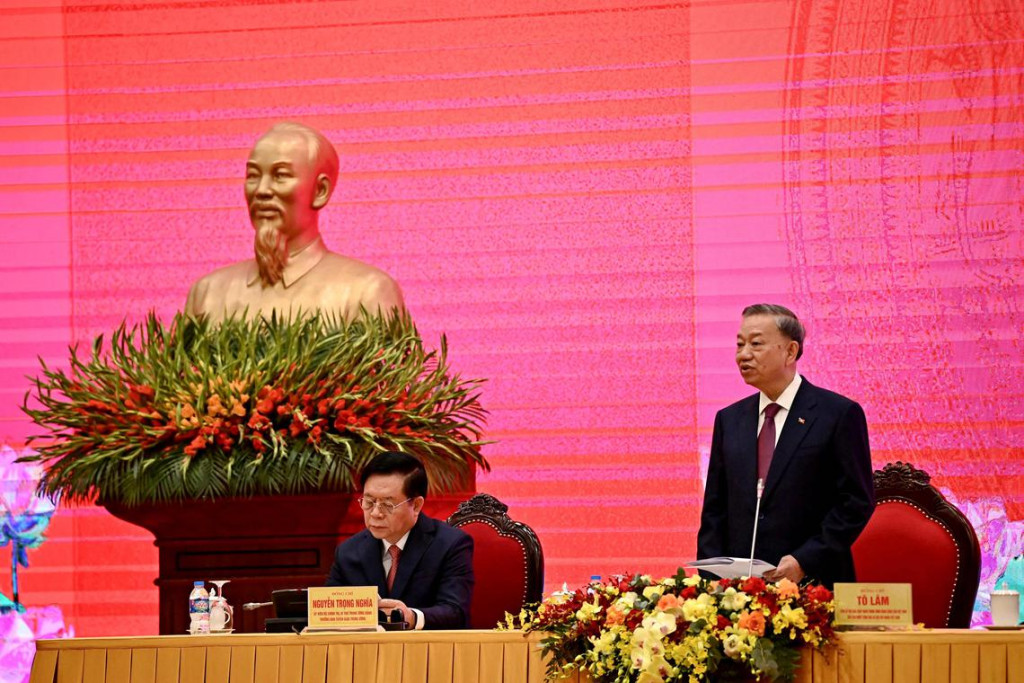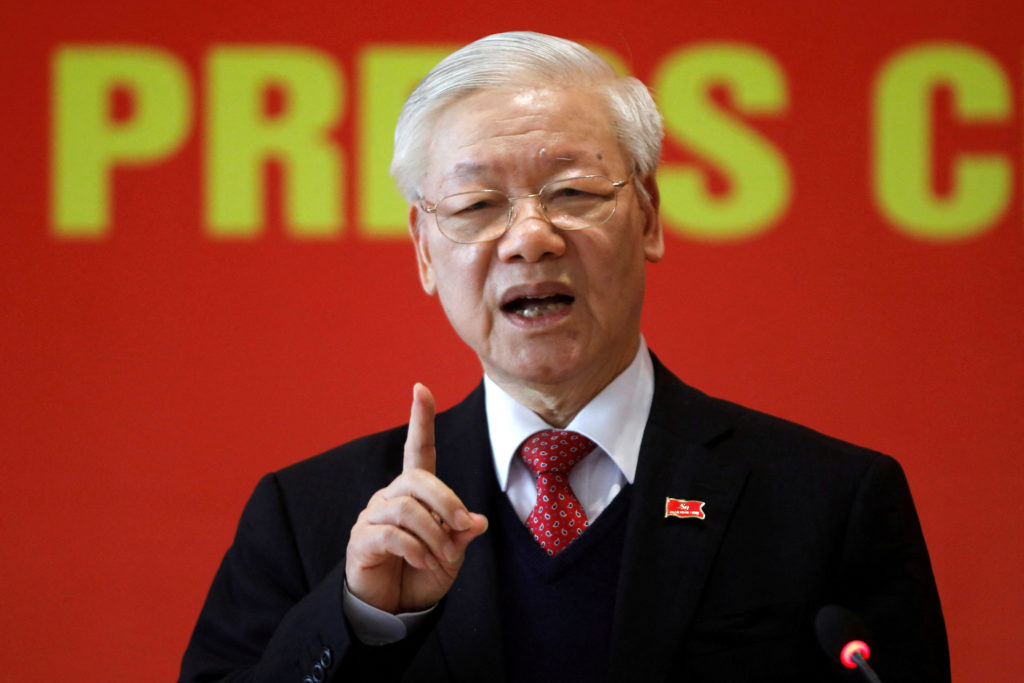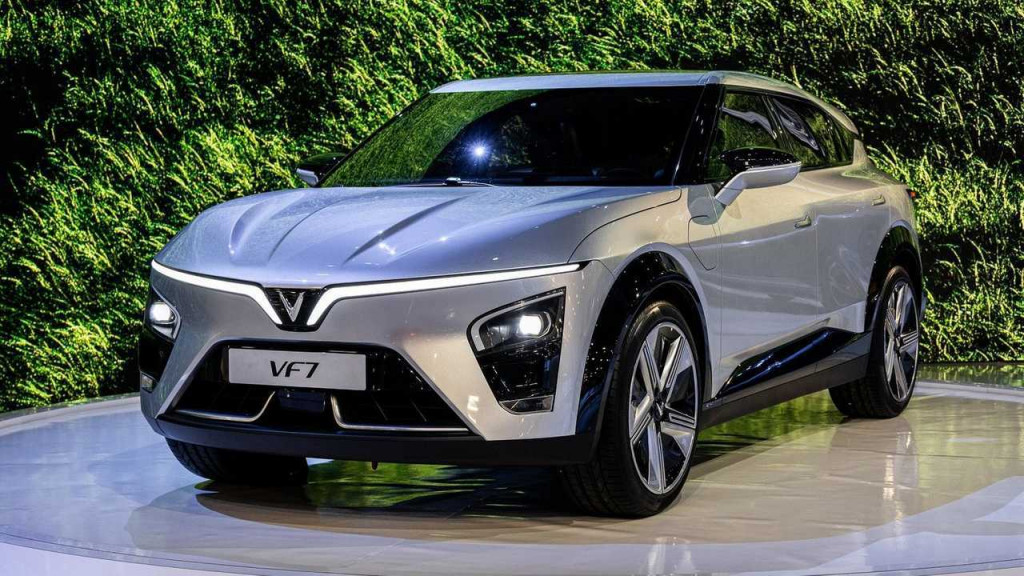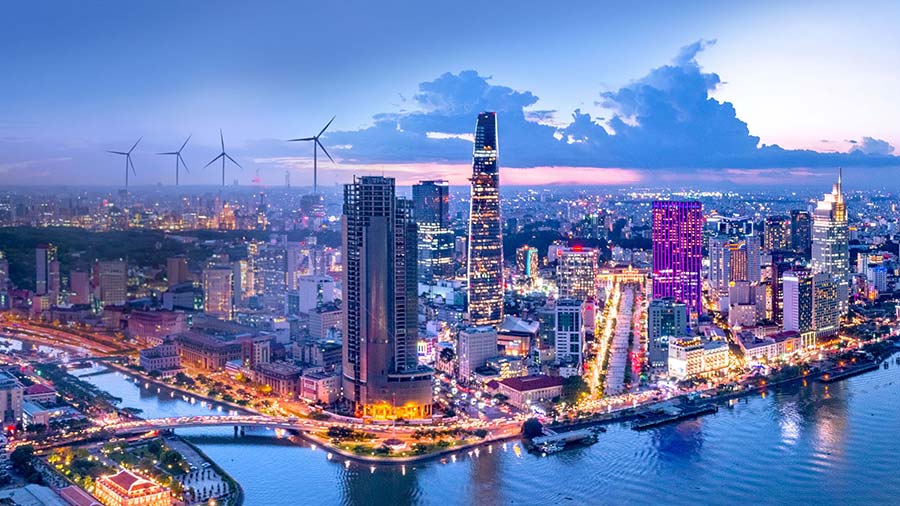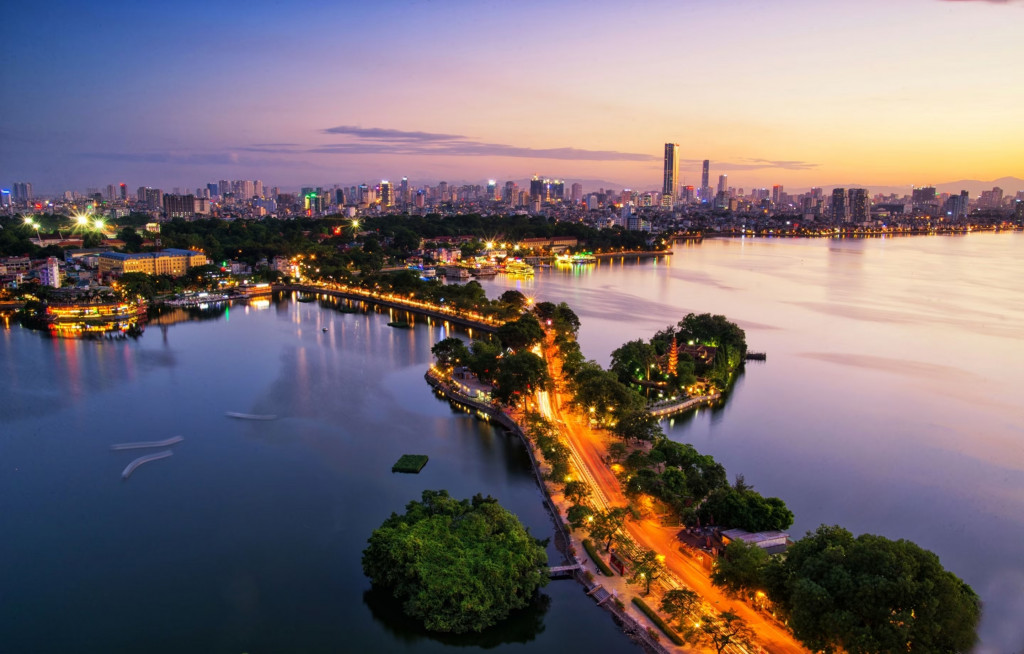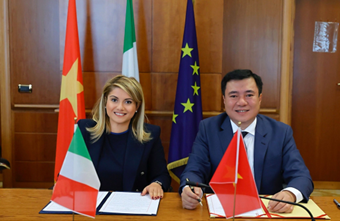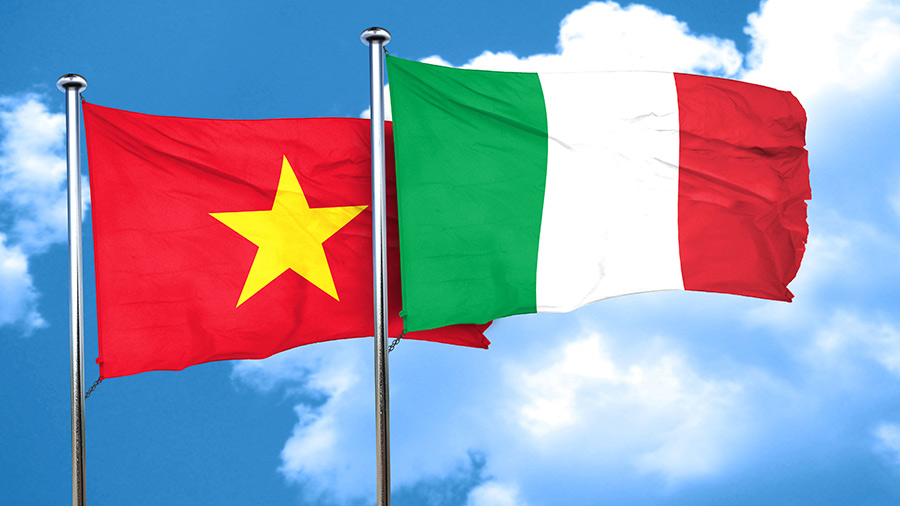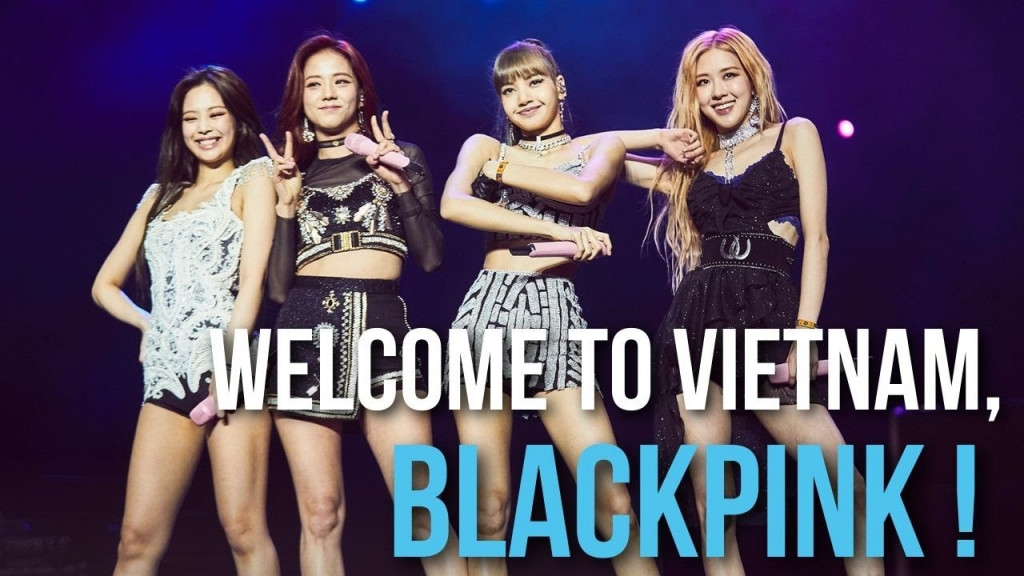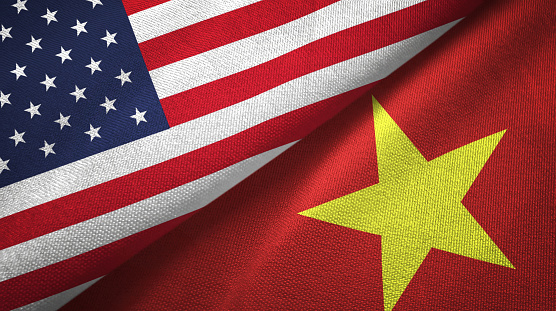Hanoi approaches the 2026 Communist Party Congress with a very ambitious program
By Francesco Mattogno
According to the general secretary of the Communist Party of Vietnam (CPV), To Lam, Vietnam is about to enter “the era of national ascendancy,” defined as a “new historical starting point” that will transform Vietnam's role and relevance within the international order in the years to come. He had first spoken about this in front of his party colleagues last August 13, ten days after his inauguration as CPV secretary-general, repeating himself thereafter in public speeches, official communiqués and as part of various diplomatic meetings.
In the secretary-general's theory-approved in September by the party's Central Committee, which then made it an official doctrine-Vietnam's modern history can be divided into three periods: the era of independence and socialism (1930-1975), the era of reunification and Doi Moi reforms (1975-2025), and the era of national ascendancy, precisely, which will start with the 14th CPV Congress in 2026 and end in 2045.
As written by analyst Phan Xuan Dung in Fulcrum, the periodization presented by Lam supports a narrative of linear progression toward greater strength and prosperity for Vietnam, which fought two wars in the 20th century to free itself from Western colonialism before embarking on a path of continued growth. Today, however, says Lam referring to various international crises and the advancement of new technologies, the world is in a phase of “era-defining changes,” for which Vietnam should not be unprepared.
The CPV leader then described the years from 2024 to 2030 as a decisive “sprint period” that will prove crucial in establishing the shape of the new international order. There is no time to waste, in short. That is why in recent months Hanoi has begun to make several radical policy decisions that will serve to shape the “new era,” accelerating the implementation of many infrastructure projects that have sometimes been on hold for decades (such as the construction of high-speed railways or new nuclear power plants) and, most importantly, reforming much of the country's bureaucratic system.
The massive bureaucratic restructuring sought by Lam in recent months has led to the closure of five ministries and other government agencies and departments, whose responsibilities have been merged within existing institutions and departments. After years of gradual adjustments, the police apparatus has been further centralized through the removal of district-level departments, while the country's second largest television network (VTC) has been shut down, leaving more than 800 employees at home as part of a more general downsizing of the information sector.
The official goal of the reforms is to reduce bureaucracy and cut costs, on balance improving government efficiency. After the significant +7.09 percent recorded in 2024, Hanoi has set an ambitious GDP growth target for 2025 between 8 percent and 10 percent, with a broader double-digit growth target for 2026-2030. According to experts, such as Alexander Vuving, who wrote about it in the Diplomat, the Vietnamese leadership knows that to secure such growth, the economy will need to be driven by the technology sector and guided by a lean and competent public administration.
In December, for the first time after decades in which the issue had always been approached somewhat tentatively, the CPV Politburo made a political commitment to define “science, technology, innovation and digital transformation” as the cornerstones of the country's economic development. At the same time, Lam, as secretary general, was appointed to head the Central Directive Commission for the Development of Science, Technology, Innovation and Digital Transformation, and it was decided that the government should allocate at least 3 percent of the annual budget for this purpose.
In recent years, benefiting from the technology and trade clashes between Beijing and Washington, Vietnam had already turned into a welcome destination for multinational technology companies (mainly American) interested in relocating production from China. With rare exceptions, however, Vietnamese manufacturing in the new technology sector has almost always been limited to the employment of low-skilled workers, proving unaccustomed to innovation (it is no secret that the country lacks engineers, for example). Lam is trying to change this paradigm.
Before becoming secretary (passing through an interim period as chairman) Lam was for years the minister of public security in charge of leading the anti-corruption campaign, which he used to work his way through the CPV, purging enemies and political opponents. Today, by Lam's hand, six out of 15 members of the party's Politburo come from the security apparatus, while the Ministry of Public Security itself has taken over many of the functions of the ministries and departments just cut by bureaucratic restructuring. And it is in this centralization of power that probably lies the other goal of Lam's doctrine of the new era.
Presenting the coming years as the decisive ones for the “rise” (vươn mình) of Vietnam is also a way to legitimize his mandate, leveraging a sense of urgency to justify rapid and radical changes. At a watershed moment in history, Lam can thus portray himself as the architect of epochal change, which does not, however, appear to bring about changes regarding Hanoi's international posture, which remains set on Trong's bamboo diplomacy. Perhaps more than others, Vietnam embodies the region's diplomatic balancing act, being able to maintain excellent relations simultaneously with Russia, China, and the United States.

